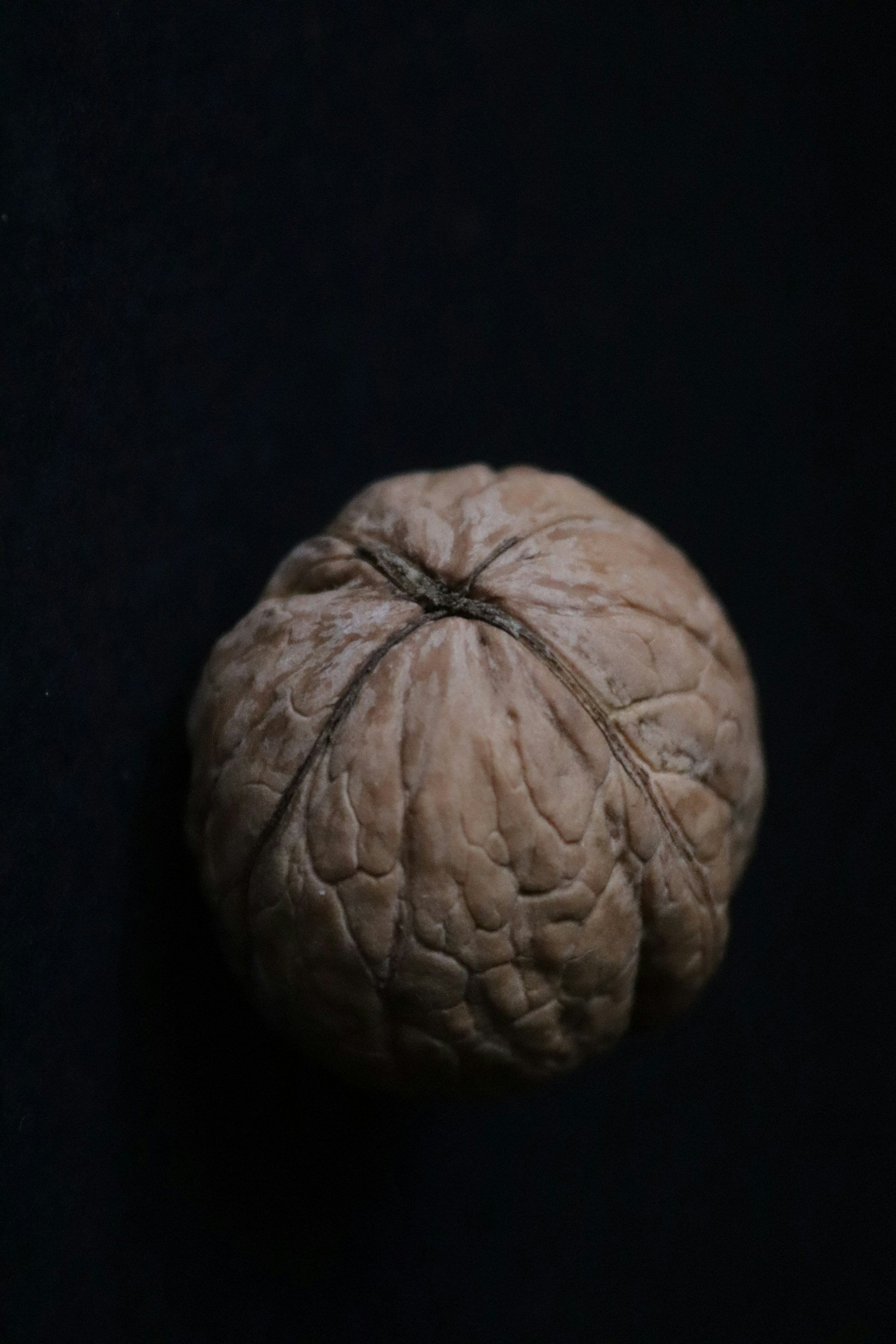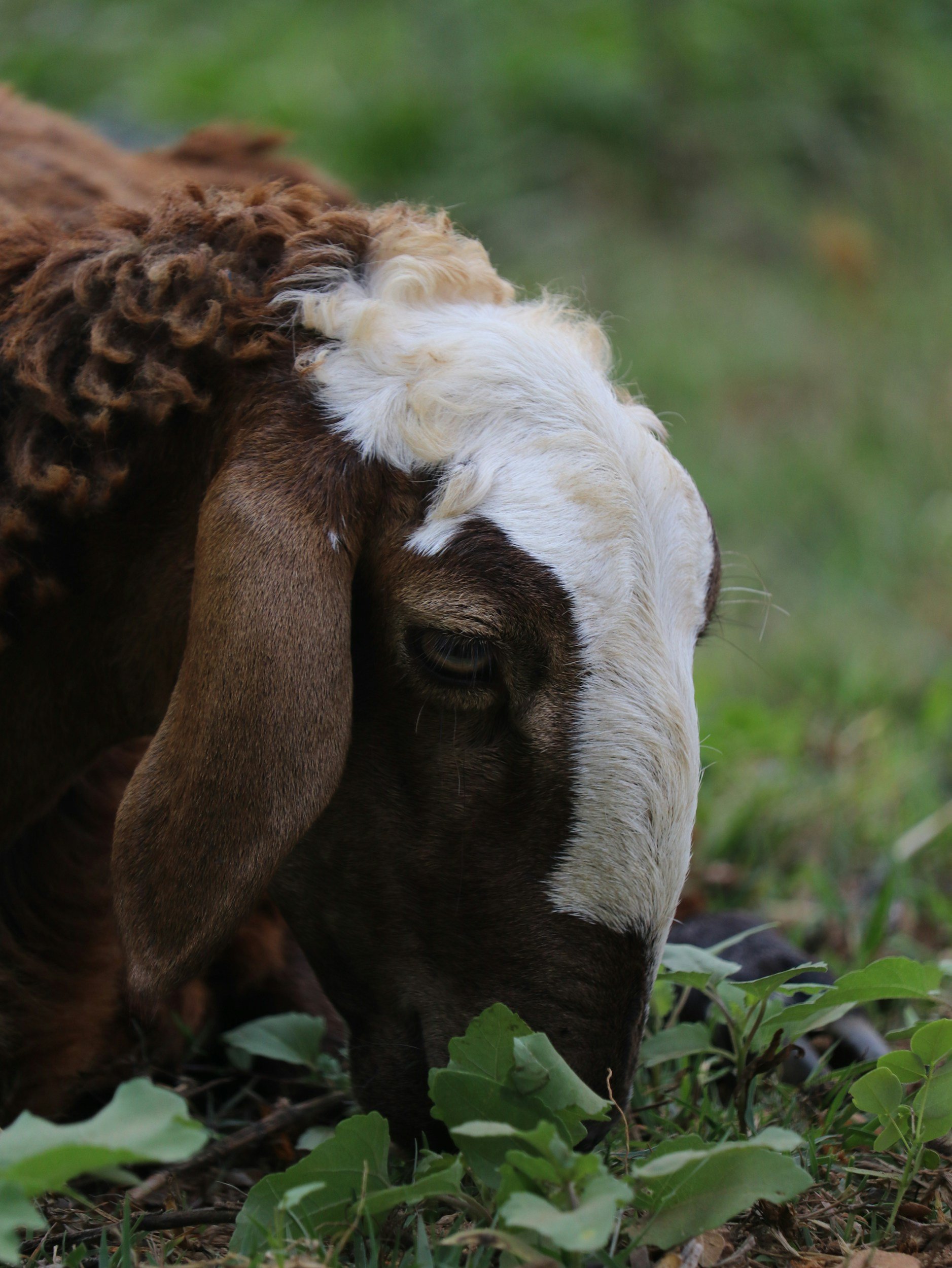The Price of Immortality (A Death Story)
Listen to this story 👇🏾
In an ancient village nestled within the heart of Igboland, there lived a great dibia, a powerful spiritual healer and diviner. The people revered him for his wisdom and his ability to communicate with the spirits. One year, a great sorrow fell upon the village as an epidemic swept through, claiming the lives of many beloved elders and young ones alike. The villagers, overwhelmed with grief, sought the dibia's help to find a solution.
Moved by their pleas, the dibia consulted the spirits and performed several divinations. He then proposed a radical solution: an ogwu (a powerful charm or spell) that would banish death from the village, and restore the immortality that their ancestors once possessed in ancient times. The community members, desperate to end their suffering, agreed to the dibia's plan.
With meticulous preparation and sacred rituals, the dibia invoked the spirits and created the ogwu. The ceremony was grand, with all sorts of offerings and sacrifices made to the deities of the community. As the final incantations were spoken, a deep silence fell over the village. The spell had been cast, and death was kept at bay.
At first, the village rejoiced. Elders who had been on the brink of death miraculously regained their health, and no more lives were lost. It seemed like a utopia, with laughter and celebrations filling the air. However, as months turned into years, an eerie anomaly began to unfold. Pregnant women found that their due dates came and went, but their babies never arrived. No matter how many herbs were administered or prayers were said, the women remained pregnant indefinitely. Those trying to conceive found themselves unable to do so.
The joy that once filled the village was replaced by a growing sense of dread. The villagers turned to the dibia once more, asking for answers. Realizing the severity of the situation, the dibia performed divinations to uncover the root of the problem. His revelations were grave: the ogwu that had banished death had also blocked the cycle of life. As long as death was prevented from taking lives, new lives could not enter the village.
The village was now faced with a dire choice. They had to decide whether to maintain their immortality and accept the stagnation of life or to reverse the ogwu and restore the natural cycle of birth and death. After much deliberation, the community reached a consensus. They decided to dismantle the ogwu and allow life to flow naturally once more.
The dibia prepared for another grand ceremony, this time to undo the powerful spell. The villagers gathered in solemn silence as the dibia chanted the incantations to reverse the ogwu. As the last words were spoken, a great wind swept through the village, which signaled the end of the spell.
In that moment, a change that would always be remembered in history swept across the village. Those who had lived far beyond their natural years peacefully passed away, their faces serene as they transitioned to the spirit world. The pregnant women, who had carried their unborn children for so long, suddenly went into labor. Cries of newborns filled the air as life returned to the village.
The villagers mourned the loss of their elders but celebrated the births of their children. They had learned a very important lesson which they passed on to their children: the balance of life and death is sacred and must be respected. The cycle of life continued, and the village thrived once more, now wiser and more attuned to the delicate balance between life and death.
The end.
Lessons to Learn
The Balance of Life and Death: The story teaches that life and death are intertwined and essential to the natural order. Disturbing this balance can have unforeseen consequences.
Acceptance of Mortality: The villagers' initial desire for immortality stemmed from a fear of death. The tale underscores the importance of accepting mortality as a natural part of existence.
Consequences of Actions: The villagers' decision to banish death led to unintended consequences. This highlights the importance of considering the long-term effects of our actions.
Wisdom and Humility: The dibia's role in both creating and dismantling the ogwu shows the importance of wisdom and humility in leadership and decision-making. It also shows that a dibia is able to bring both good and harm.
Community and Consensus: The resolution of the crisis required the community to come together, deliberate, and make a collective decision. This emphasizes the value of unity and collaboration.
This myth from Igbo culture illustrates the delicate balance between life and death, it reminds us of the sacredness of this cycle and the wisdom required to maintain harmony within it.
What other lessons can you point out from this story? Let us know in the comment section below.























